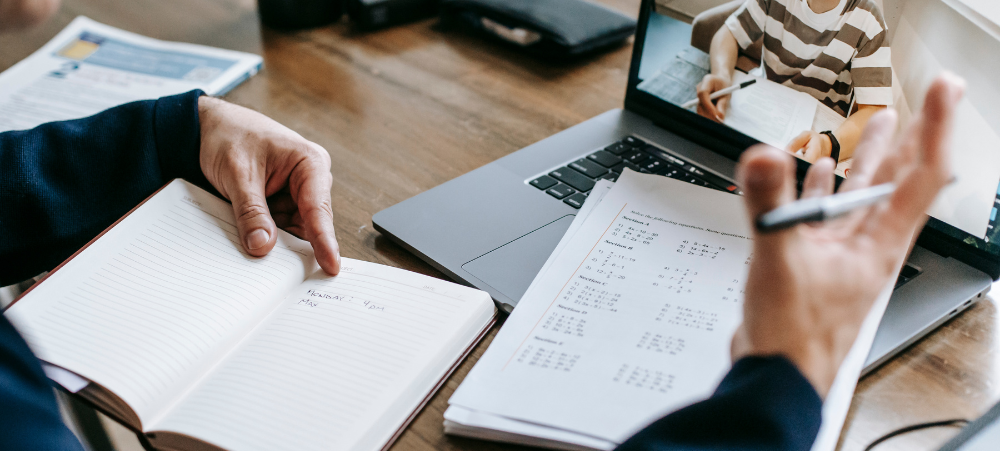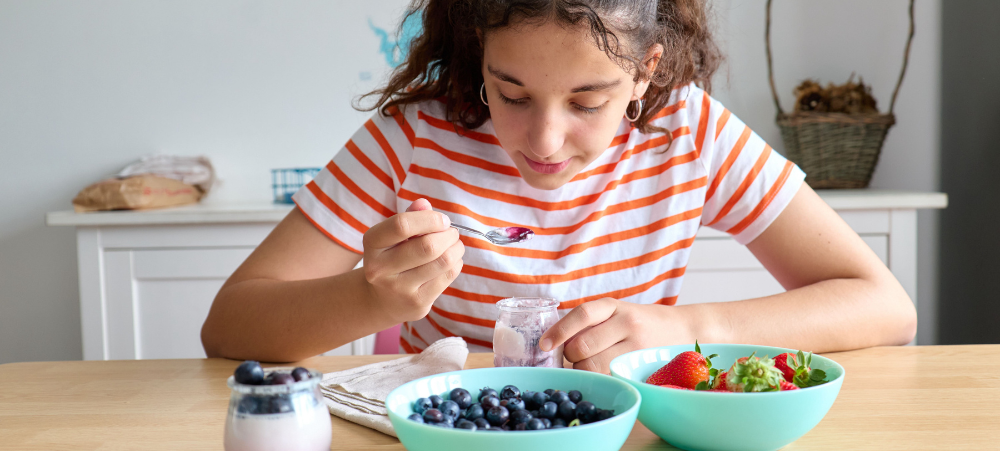The teenage years are a once-in-a-lifetime window to build strong bones, a bright mind and a healthy body for life. As parents, we’re laser-focused on nutrition for our babies and young children, making sure they get every nutrient needed for healthy growth. But once our children reach adolescence, our focus tends to shift. We’re more concerned about how they are navigating puberty, their social lives, their emotions and the general ups and downs of tween and teenage life. However, between 10 and 19 years, our children are still undergoing remarkable physical changes. In fact, adolescence is when up to half of their adult bone mass is formed, which makes this life-stage the once-in-a-lifetime chance to build the foundation for strong, healthy bones that will carry them for the rest of their lives. Tereza Hough, CEO of the National Osteoporosis Foundation of South Africa (NOFSA) says, “You have until the age of 25-30 years to put as much bone in your bone bank as possible. This is called peak bone mass. After the age of 35-40, everyone starts losing bone at a steady rate. This occurs slowly and is a natural process. So, the more bone there is, the better! The most important time to stash as much bone as possible is during the teenage years when you have a growth spurt. It’s a life stage when you need extra calcium and exercise to ensure maximum benefit to your bones” Why milk and dairy are great for your body, brain and bones According to Maretha Vermaak, Registered Dietitian at Rediscover Dairy, encouraging our tweens and teens to have three to four servings of milk or other dairy foods daily, is a great way to build a healthy body. She says, “Because these foods are rich in good-quality protein, milk and dairy help muscles to grow well, and the significant amount of calcium in milk helps to form strong bones. Adding milk and dairy to a teenager’s diet can also help with weight control. Milk and other dairy foods are packed with good quality protein and slow releasing carbohydrates, so they keep energy levels up and help with feeling fuller for longer. This way, teenagers can stave off the munchies and avoid having too many high-energy but nutrient-poor snacks. The protein and vitamin B12 in milk can also help to keep nerve and brain cells healthy – essential for a fast-thinking, sharp mind.” How much calcium do teens need for bone health? Teenagers’ bodies need about 1300 mg calcium per day to support the growth and development that takes place during this life stage. Unfortunately, the calcium intake of many teenagers – especially girls – is well below the recommended daily amount (RDA). South African research has shown that adolescents’ calcium intake ranges from 303 mg to 642 mg per day. Not having enough dairy during times of active growth, and especially if someone is not physically active, compromises optimal bone formation. Building strong bones during the teenage years is the best way to protect against fractures and osteoporosis later in life. How dairy helps with muscle development, weight management and body composition Maretha explains, “The high-quality protein in milk and dairy foods, consisting of both casein and whey, is a source of essential amino acids. These are building blocks of protein which contribute significantly to lean body mass and help regulate fat mass. This is especially important during adolescence, a time of increased muscle development, linear growth and physical activity. Milk is therefore an excellent complement to lysine-deficient staple foods such as maize and wheat i.e. pap and bread, and can help to create a complete amino acid profile that supports healthy muscle growth and development.” Dairy also helps to promote satiety, and research shows that including milk and dairy in the diet – even full-cream options – is positively linked with keeping body weight in check. Several studies have shown that milk intake generally has neutral or even protective effects on body weight and metabolic health in children and adolescents when part of a well-balanced diet. Why dairy supports cognitive development Nutrition and dietary behaviours have a key role in brain and nerve development, and the nutritional profile of milk and dairy foods supports healthy growth, active lifestyles and brain development. Specifically, the high-quality protein and vitamin B12 found in milk contribute to cell replication and nerve function, which are essential for cognitive processes. It’s easy to make the most of dairy everyday Maretha says, “To meet approximately 70% of their daily calcium requirements, teenagers should consume three portions of dairy per day. This can include: 250 ml of milk (fat-free, low-fat or full-cream); 200 ml of amasi; 200 ml of yoghurt; or 40 g of cheese per portion. The choice between full-cream, low-fat or fat-free dairy should be guided by personal preference and individual energy intake goals.” The following practical recommendations can help your teen achieve this dairy intake: Of course, adolescence brings on more independent behaviour, including when it comes to food choices and dietary habits. With busy schedules, filled with academic, social and after-school commitments, many teenagers develop irregular eating habits. They may frequently skip meals and opt for quick food options, often displacing nutrient-rich foods with highly processed convenience choices, which can significantly lower dietary quality. Maretha concludes, “While it may be challenging to have a direct, daily influence on your teen’s food choices, parents can be highly effective when it comes to stocking the fridge and the pantry with healthy choices, including lots of favourite dairy options. If your teen is often pressed for time, buy smaller sized on-the-go dairy products that are easy to pack in lunchboxes or consume on the ride to school. For family meals, experiment with delicious recipes that include dairy as an ingredient such as smoothies or adding cheesy toppings to baked dishes and creamy yoghurt to curries. Luckily, dairy foods are generally popular across all age groups, and to get your teen to have three to four servings a day can



































